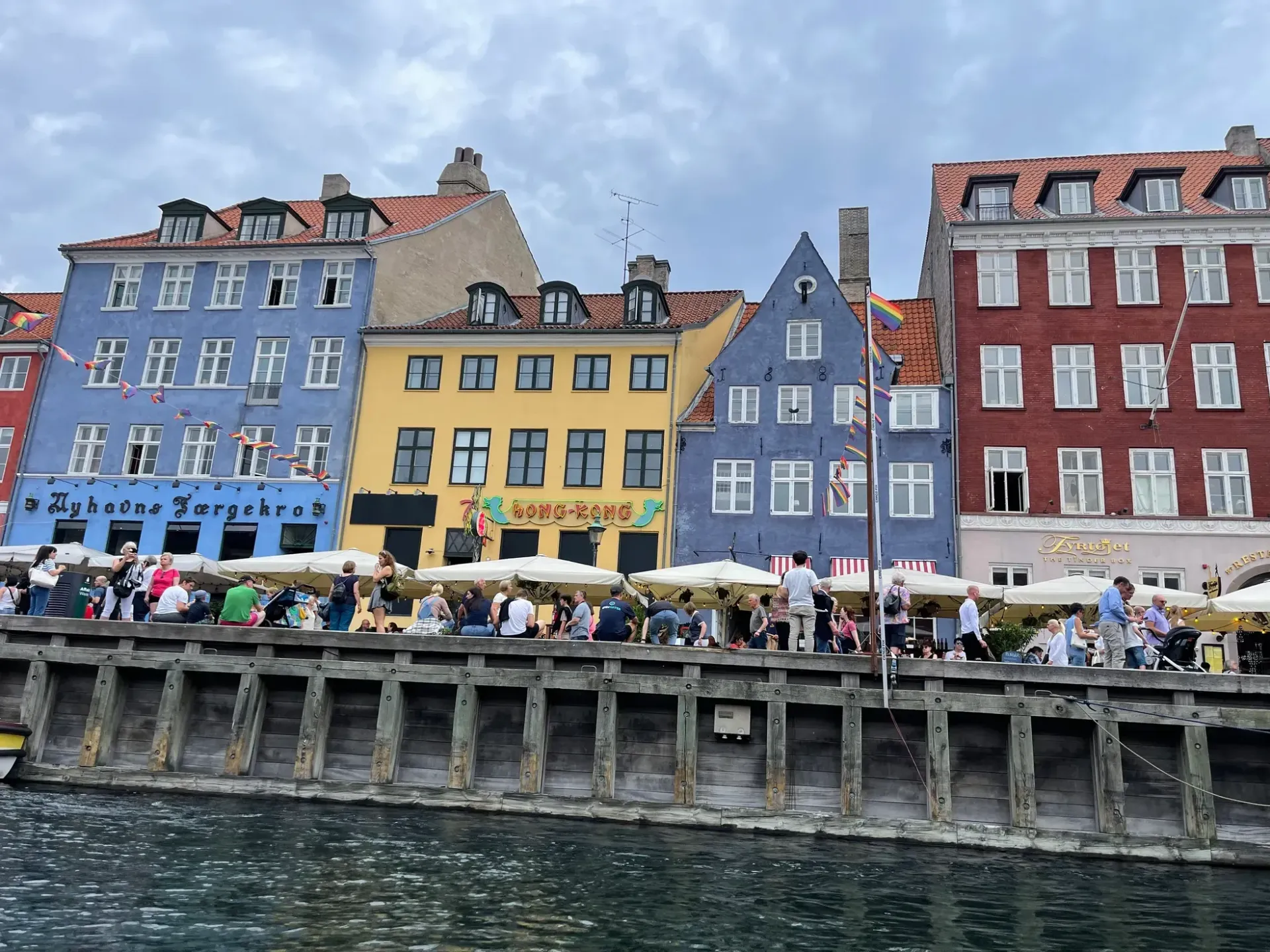Why River Cruising is the Best Way to Explore Europe
Allstop Travel

Why River Cruising is the Best Way to Explore Europe
River cruising offers a unique and intimate way to explore Europe, and here's why it can be one of the best travel experiences:
Scenic Routes: Unlike ocean cruises, river cruises take you through the heart of the continent, offering stunning landscapes and picturesque towns. Imagine gliding past medieval castles, lush vineyards, and charming villages.
Cultural Immersion: River cruises often stop at smaller, lesser-known towns and cities. This allows you to experience local culture, history, and cuisine more authentically.
Convenience: Unpack once and enjoy the journey. Your floating hotel takes you to multiple destinations without the hassle of frequent packing and unpacking.
Personalized Experience: With fewer passengers compared to ocean cruises, river cruises offer a more personalized and intimate experience. You'll have more opportunities to interact with fellow travelers and the crew.
Access to Iconic Cities: Many river cruises dock in or near major cities like Vienna, Budapest, and Paris, giving you easy access to explore these iconic destinations.
All-Inclusive Amenities: Most river cruises offer all-inclusive packages, covering meals, excursions, and sometimes even beverages. This can make for a more relaxing and worry-free experience.
Seasonal Attractions: River cruises can offer unique experiences based on the season. For instance, you can enjoy the vibrant Christmas markets in Germany or the tulip season in the Netherlands.
Active Exploration: Many river cruises offer guided tours, bike rentals, and hiking excursions, allowing you to explore each destination actively and in depth.
There's something magical about journeying down Europe's rivers, where every bend brings a new adventure. Have you ever considered taking a river cruise?

💀 The Meaning Behind the Marigolds Each November 1–2, Mexico blooms with cempasúchil (marigolds), flickering candles, and music as families gather to honor loved ones. Día de los Muertos — the Day of the Dead — is a celebration of life remembered, not death mourned. Ancient Aztec beliefs combine with Catholic All Saints’ and All Souls’ Days to create a joyful ritual of reunion. Altars (ofrendas) overflow with flowers, favorite foods, and photos, inviting spirits to return for one more night of laughter and light. 🌆 Where to Experience Día de los Muertos 🕯 Oaxaca Watch candlelit parades, sand art, and brass bands weave through cobblestone streets in one of Mexico’s most traditional observances. 🎉 Mexico City The capital’s Mega Desfile (Grand Parade) dazzles with floats and costumes that inspired the Pixar film Coco. 🌊 Pátzcuaro, Michoacán Witness island vigils on Lake Pátzcuaro as candlelight dances across the water from Janitzio. ☀️ Riviera Maya & Cozumel Combine culture and relaxation — from resort-hosted workshops on skull painting to ancient Maya rituals honoring ancestors by the sea. 🎭 How to Celebrate Respectfully Observe gently: Ask permission before photographing altars or ceremonies. Shop local: Choose hand-painted skulls and embroidered textiles crafted by Indigenous artists. Taste tradition: Try pan de Muerto and atole from neighborhood bakeries. Join with heart: Many communities welcome visitors into parades and public celebrations — listen, learn, and celebrate with respect. 🌺 Why Travel in Early November November brings mild weather, smaller crowds, and authentic connection before peak winter season. Whether strolling through Oaxaca’s candlelit streets or relaxing seaside after a festival in Playa del Carmen, this is Mexico at its most colorful and heartfelt.

Creating a Family History Book One meaningful way to preserve your findings is by creating a family history book. This can be both a personal project and a treasure for your family. Here’s a quick guide on how to get started: Organizing Content: Begin by outlining the main sections of your book. These could include family tree charts, biographies, significant events, and ancestral town histories. Writing Narratives: Turn the data into engaging stories. Share anecdotes, cultural practices, and how historical events shaped your family’s journey. Incorporating Visuals: Integrate photographs, scanned documents, and maps to bring your narrative to life. Design and Format: Utilize online tools or professional services to format your book. Pay attention to layout and readability to make it visually appealing. Printing and Distribution: Decide whether you want to self-publish or use a print-on-demand service. Share copies with family members to ensure the legacy is preserved. Engaging the Younger Generation To ensure your family’s heritage continues to be celebrated, engage the younger generation. Here are some creative ideas: Interactive Family Tree Projects: Use digital tools to create an interactive family tree where younger family members can explore their ancestry. Storytelling Sessions: Host family gatherings where stories are shared. Encourage younger members to ask questions and share their thoughts on family history. Heritage Tours: Plan a family trip to ancestral towns. Experiencing the places firsthand can foster a deeper appreciation for their heritage. Hosting a Family Reunion Consider organizing a family reunion centered around your genealogy discoveries. This event can be an opportunity to reunite family members from various branches and celebrate your shared history. Plan activities that highlight your research, such as: Genealogy Workshops: Offer sessions where you can teach others how to start or continue their research. Cultural Activities: Include traditional food, music, or games that reflect your German heritage. Presentation of Your Findings: Share a presentation of your research, featuring stories, photos, and any surprises uncovered along the way. What’s Next in Your Ancestry Journey? Your genealogical research journey doesn't have to end here. There are endless possibilities to explore further: Exploring Other Lineages: If you have multiple ethnic backgrounds, consider researching other branches of your family tree. Documenting Oral Histories: Continue collecting stories and memories from older family members. Document these to preserve living history. Advancing Your Skills: Attend genealogy conferences or online courses to refine your research techniques. Continuing the Legacy As you reflect on your journey into your German ancestry, remember that genealogy is more than just names and dates. It's about the stories, the connections, and the legacy you build for future generations. Keep the curiosity alive, and let each new discovery deepen your appreciation for your family's unique story.

